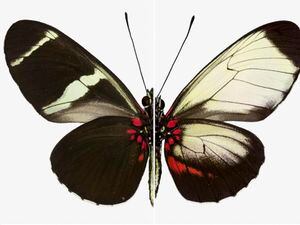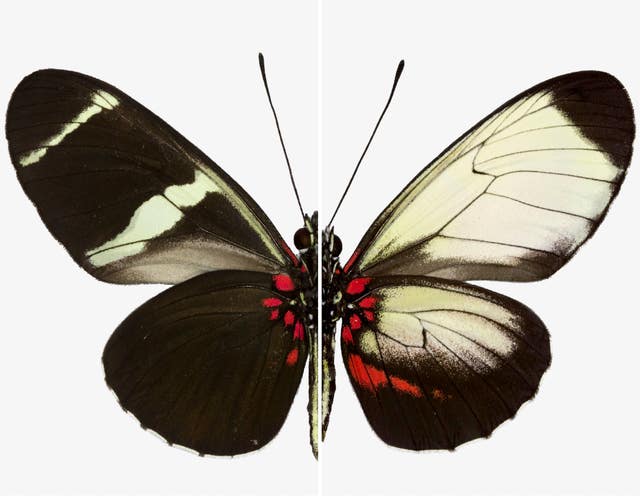Scientists use gene editing to change butterfly wing patterns
The team used the powerful technique Crispr/Cas9 to study the role of the WntA gene.

Butterfly wings have been given make-overs by scientists who tweaked a “painting gene” to change their patterns and colours.
The research has major implications for understanding how the so-called “rules of life” – genetics and evolution – shape biodiversity.
The team used the powerful new gene-editing technique Crispr/Cas9 to study the role of the WntA gene in creating one of nature’s greatest art works, the butterfly wing.
By removing the gene from seven butterfly species, they were able to radically alter the insect’s appearance. Wing patterns and colours changed in ways that were unexpected.
Lead scientist Dr Arnaud Martin, from George Washington University in the US, said: “We know why butterflies have beautiful coloured patterns. It’s usually for sexual selection, for finding a mate or it’s some kind of adaptation to protect themselves from predators.
“What is more mysterious is how do they do it. How do you make stripes and dots, how do you make complexity, how do you fine-tune a given feature during long evolutionary time scales?
“Crispr allowed us to not only describe that this gene has evolved multiple roles within a single species, it also enabled a massive comparison between species and showed that pattern evolution has consisted of variations on a common theme.”

Using Crispr/Cas9, the scientists accurately targeted and inactivated the WntA gene in butterflies before following the effects from caterpillar to adulthood.
The findings, published in the journal Proceedings Of The National Academy of Sciences, could assist studies of many other species, including humans, said the researchers.
“In a way, a butterfly wing starts as a blank canvas where patches of cells develop for a specific purpose, and we have that in our own anatomy.
“If you look at the brain, to make very complicated brains you’ve got to make patterns.
“We don’t really know how all these patterns develop. That’s where butterflies come in.”







